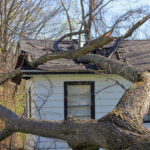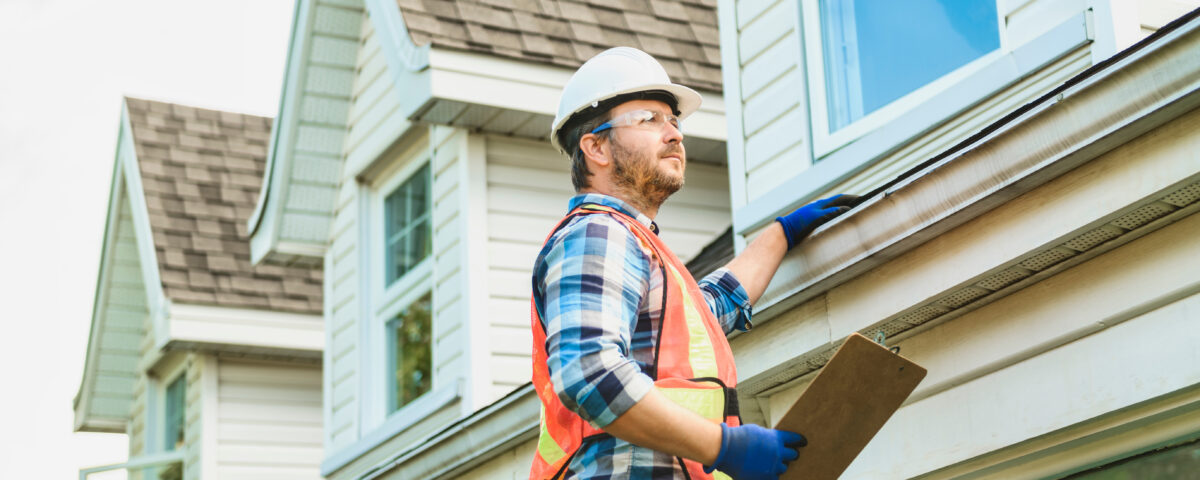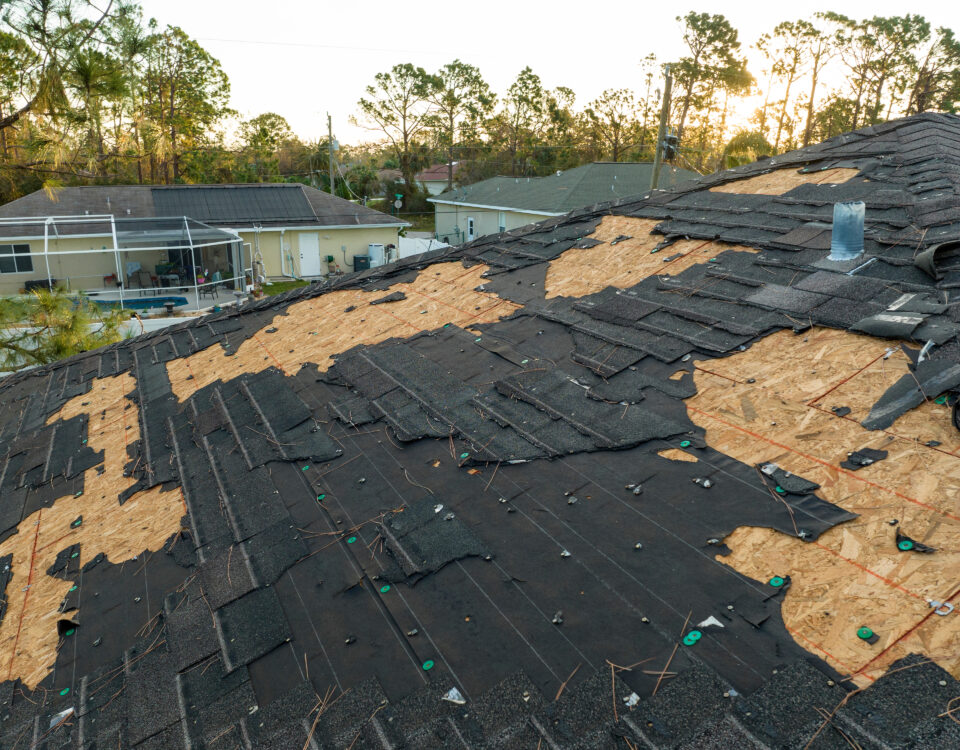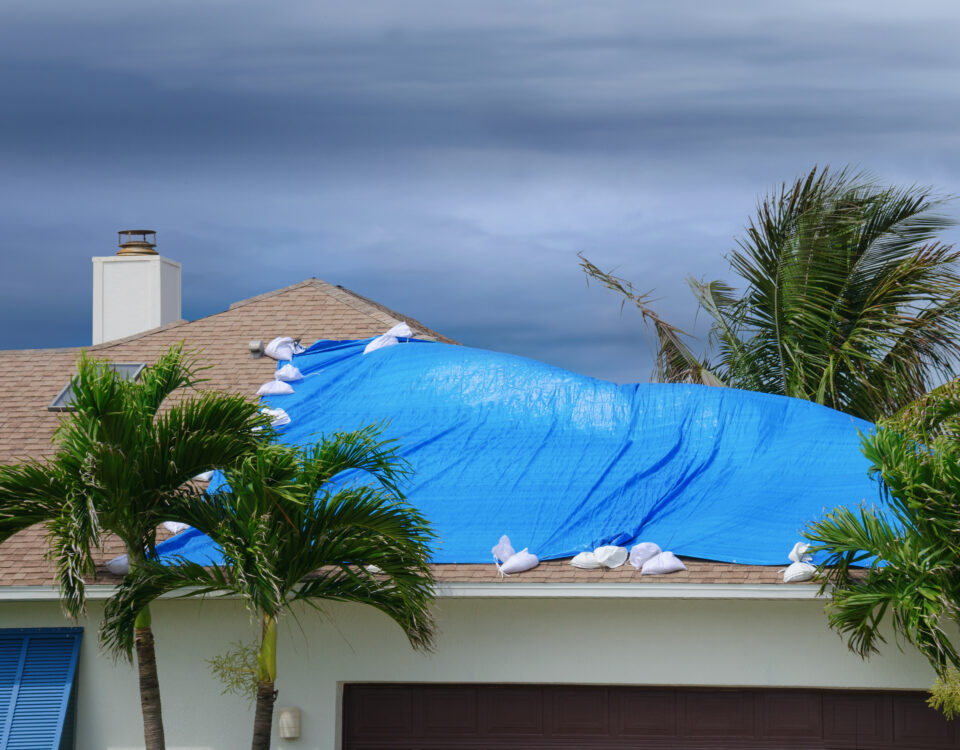
What To Do If a Hurricane Damages Your Roof: A Real-World Step-by-Step Guide
September 15, 2025When a hurricane sweeps through Florida, it’s easy to see the obvious damage—missing shingles, fallen trees, or visible leaks. But not all roof damage is that clear. Some of the most serious issues develop quietly beneath the surface, slowly compromising your roof’s structure, insulation, and even your indoor air quality.
At Arry’s Roofing, we’ve seen countless cases where homeowners thought their roofs were fine—only to discover hidden hurricane damage months later. Here’s how to spot those subtle warning signs before they turn into costly repairs.
1. Check for Loose or Lifted Shingles
Even if every shingle looks intact from the ground, strong hurricane winds can break their seal or lift them slightly. This loosens the protective barrier, allowing water to seep underneath. Over time, that trapped moisture can rot the decking or cause mold in your attic.
Pro tip: Look for shingles that appear uneven, curled, or slightly raised. If you notice any granules collecting in your gutters or around your downspouts, that’s another sign your shingles took a beating.
2. Inspect Roof Flashing Around Vents and Chimneys
Flashing—those thin metal strips sealing roof joints and penetrations—is a common weak point after storms. High winds can bend or lift flashing, creating small openings for water intrusion.
Where to look:
- Around chimneys, skylights, and roof vents
- Valleys where roof sections meet
- Edges of dormers or transitions between roofing materials
Even a half-inch gap can channel gallons of water into your home over time.
3. Look Inside Your Attic for Early Warning Signs
Your attic often reveals the first clues of hidden roof damage. After a hurricane, take a flashlight and look for:
- Dark spots or damp insulation
- Musty odors (a precursor to mold growth)
- Daylight peeking through roof boards
- Rust on nails or metal fasteners
If you find any of these, schedule a professional roof inspection right away.
4. Watch for Subtle Water Stains or Peeling Paint Indoors
Sometimes, storm damage shows up far from the roof. Small water stains on ceilings or walls, blistering paint, or bubbling drywall often trace back to a compromised roof membrane or flashing leak.
These slow leaks are especially dangerous—they can promote hidden mold growth behind walls or ceilings long before they’re visible.
5. Don’t Forget Gutters and Soffits
Hurricane winds don’t just affect shingles. They can loosen gutters, crack soffits, or dislodge fascia boards—all of which affect roof ventilation and drainage. When these systems fail, trapped moisture accelerates roof decay.
Check that gutters are still secure, downspouts are clear, and soffits are intact. Any sagging or separation could signal deeper structural strain.
6. Schedule a Post-Storm Roof Inspection
Because some damage isn’t visible from the ground, a professional inspection is the best way to protect your home. The storm damage specialists at Arry’s Roofing use advanced tools and techniques to identify hidden issues early.
During an inspection, our team will:
- Examine flashing and fasteners
- Inspect underlayment and decking integrity
- Identify wind-lifted shingles and micro-tears
- Document findings for insurance if needed
Catching these problems early can save thousands in repairs—and prevent leaks, mold, and structural rot.
Protect Your Home Before the Next Storm
Florida homeowners know: hurricane season is unpredictable, but your roof’s health doesn’t have to be. Don’t wait until water stains or mold appear to act. If your home has weathered a recent storm, schedule a free roof inspection with Arry’s Roofing today.
Call 727-279-5001 or request an estimate online. Let’s make sure your roof is hurricane-ready—inside and out.



